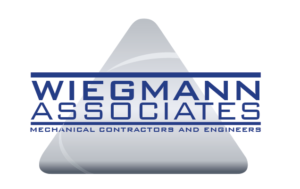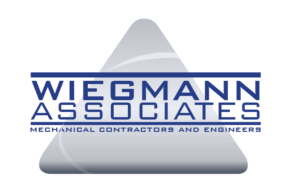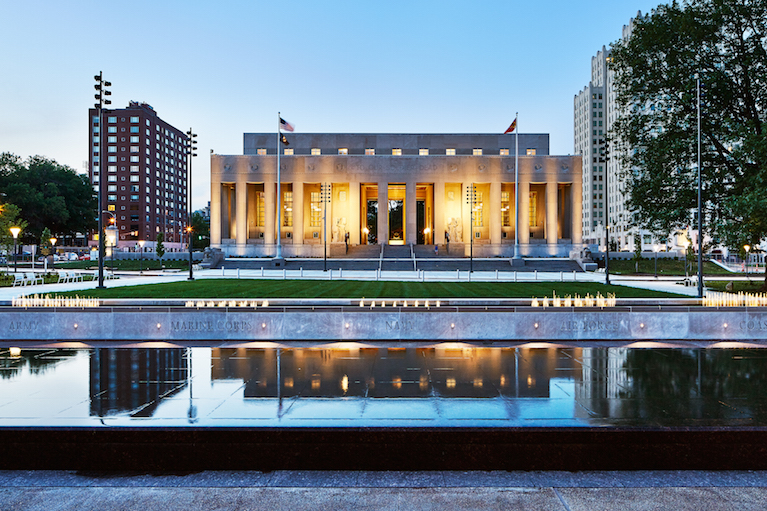The St. Louis-based Wiegmann Associates, a national mechanical contractor, recently installed a museum-quality HVAC system at the historical Soldiers Memorial Military Museum in downtown St. Louis.
The installation is part of a $30 million dollar renovation commissioned by the Missouri Historical Society. In order to preserve the artifacts and structural integrity of the 80 year old building, the HVAC system was designed to maintain strict humidity levels.
“A ‘museum-quality’ HVAC system is suitable to preserve museum-quality artifacts. We had to make sure the mechanical systems that service the galleries and exhibit halls where the military memorabilia are housed adhere to strict relative humidity requirements, explains Todd Jacks, Wiegmann’s lead engineer on the project. “We installed a 24-zone Delta Direct Digital Controls system, which allows the Wiegmann controls team to remotely monitor the systems and make sure all of the equipment is functioning as it should.”
With the renovations completed, the museum is scheduled to open early November 2018. Here we talked with Jacks about managing the project without compromising the museum’s historical integrity:
What were the main concerns in taking on a project of this scope?
Our mechanical engineering team was brought in after the original design was in place to help redesign the HVAC system to be more cost-effective without compromising functionality. As the design/assist engineer to the Engineer of Record, KAI Design & Build, we focused on streamlining ductwork and equipment while maintaining the system’s overall integrity and performance. As we streamlined the ductwork, for instance, we had to make sure the system still ran as quiet and didn’t require extra energy. We also were very focused on making sure our design changes didn’t negatively impact costs on the electrical and other trades.
Considering that the HVAC system is for a museum, what climate control options needed to be considered?
We installed a 24-zone Delta Direct Digital Controls (DDC) system, which allows the Wiegmann controls team to remotely monitor the systems and make sure all of the equipment is functioning as it should. We can look at each individual space that has humidity sensors or thermostats to make sure the conditions are within tolerance. Our controls department would get alarm notifications if the conditions were to go outside of tolerance.
What efforts were taken to preserve the historical integrity of the museum?
We knew that air systems had to be hidden, not seen or heard. We worked with architect to select specific grill types and colors that wouldn’t distract from the original, historical integrity of the building. In addition, working with a very old building, we had to perform extra structural integrity tests before securing equipment and work around low ceilings and large concrete low beams in the basement.
For more information about the project, visit wiegmannassoc.com.


